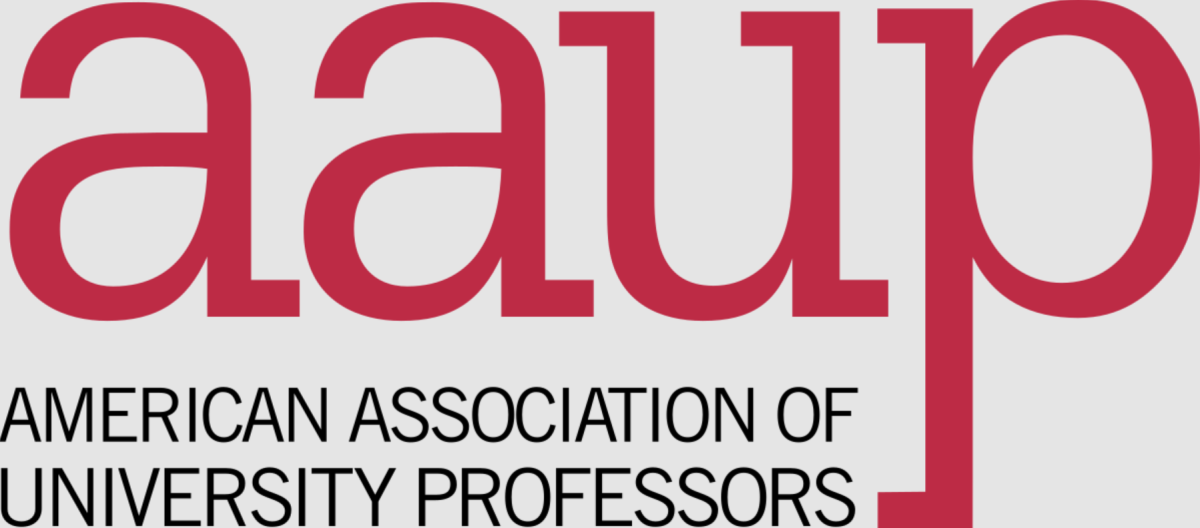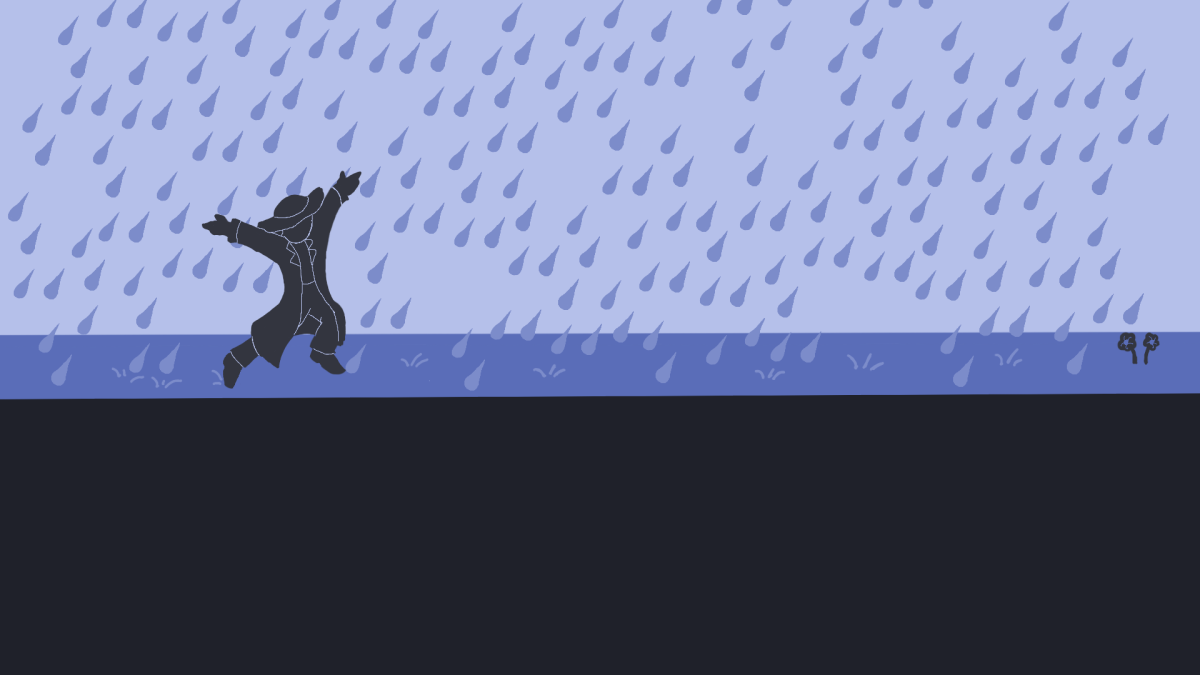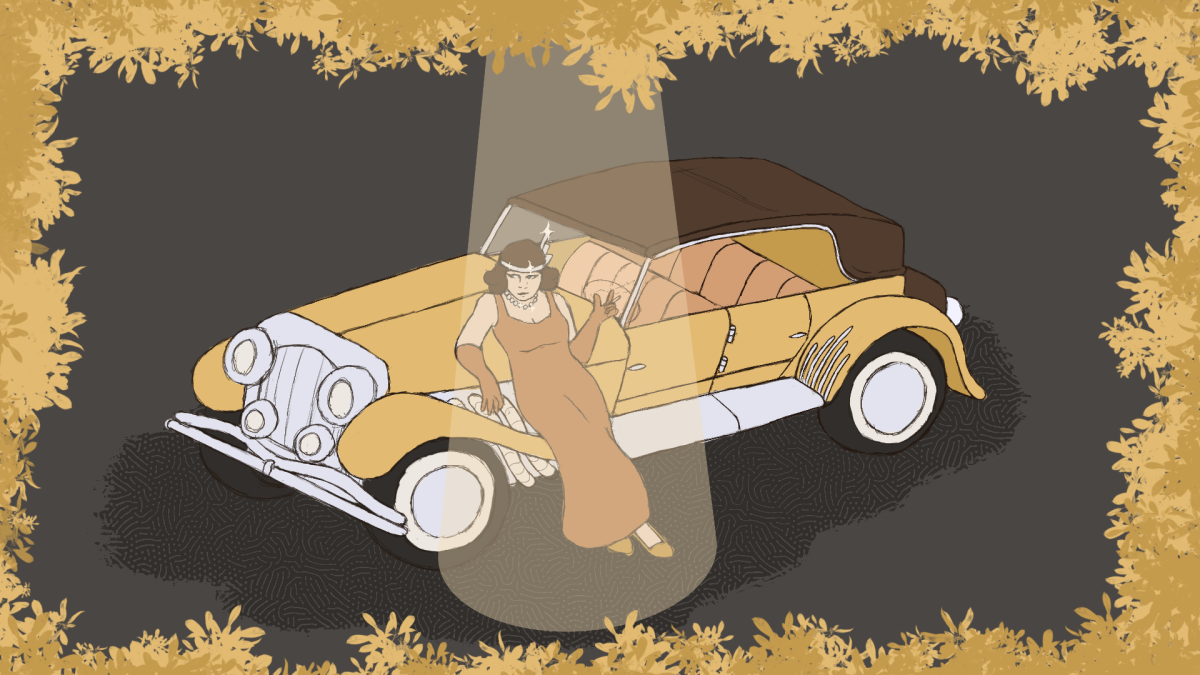Over winter break I bought the first heavy winter coat of my life and made the trek to New England. To be more exact, I was in Cambridge, Massachusetts, exploring the town and its point of fame, Harvard University. I was not only unsure of how to pack for a high of 30 degrees, but unsure of what to expect from America’s oldest college. After walking through a magnificent library and peeking through a window at a freshman dining hall that resembled what I had seen in the Harry Potter movies, I started thinking, how does my college compare?
If you have ever wondered how North Carolina State University sizes up to the Ivy Leagues of the U.S. or other public universities, look no further than our rich history and promising future. By promising future, I am referring to the value of a degree from NC State. Ranked first among public universities in North Carolina and second if private institutions are included too, a degree from this institution will serve its holder well. Graduates have an average starting salary of 50,600. It turns out that NC State carries its reputation nationally; according to U.S. News and World report, it is ranked among the top 10 U.S. public universities for value.
Harvard and NC State are two very different universities. To compare them is difficult regardless of statistics because they serve different purposes. While Harvard was formed in 1636 by the Massachusetts Bay Colony, NC State was founded in 1887 by a land-grant from the federal government. Our school today, which offers a wide array of programs, was designed to teach agriculture and mechanic arts. One of its core missions was to provide higher education for more than just a select few, and today, it continues this goal by educating more North Carolinians than any other university. NC State has around 24,000 undergraduates while Harvard has only 6,700.
This is not a battle between two universities but a glimpse into the history and environment that makes NC State as diverse as it is today. For instance, North Carolina is the second producer in the nation of Christmas trees, hogs and pigs, trout, and turkey, and the highest producer of sweet potatoes. Having grown up in a rural Harnett County, it is of no surprise to me that agriculture continues to be the leading industry in our state. Often times, the Cooperative Extension office in Harnett County worked with NC State to utilize research on soil and crops in their interactions with the community.
I did not expect my research to end up at our college of agriculture and life sciences, but it truly sets us apart from other universities. 2016 brought many highlights to CALS — building plans for the Reedy Creek Equine Farm, millions more put into the plant science initiative, faculty involvement in forty countries, and more programs offered to increase the availability of this college to everyone — and 2017 is sure to bring more.
Demographics, in particular, set Ivy Leagues such as Yale and Harvard apart from North Carolina public schools. Harvard has a ratio of about 50 percent white and 50 percent non-white students for the Class of 2020. NC State and UNC-Chapel Hill’s class of 2020 both have a ratio of about 70 percent white students and 30 percent non-white. Harvard is a leader among universities in this aspect, and we still have a ways to go to ensure education is the great equalizer for all races, as well as other intersectional identifiers.
What I realized after touring Harvard Law School and the Harvard Kennedy School of Government is that the concentration of students is in their graduate programs. They have around 15,250 graduate and professional students. The value of an NC State undergraduate degree does not stop at the average starting salary, and in fact, it is absolutely possible to end up at Harvard for one of their prestigious programs. In last year alone, NC State students received two Goldwater scholarships, five Fulbright scholarships, one Churchill Scholarship and 32 National Science Foundation graduate research fellowships. Our school even ranks in the top 20 schools in the U.S. to produce Fulbright scholars.
I came back to NC State met not only with more snow and colder temperatures than in Cambridge, but also with the familiar buildings and students I have come to know and love. While we can and should be constantly looking to improve our school, it is nice to look into 2017 knowing why this university was founded and how it has evolved to service students in North Carolina that not only think, but do.
We are in a time where our nation is divided between rural and urban areas, generations, races, classes of people, religions and politics. Here’s where they meet. This is a school that understands the importance of agriculture in North Carolina, has a College of Veterinary Medicine that ranks third in the nation, a leading textiles and design program, a hidden gem of religious studies and philosophy, and oh right, an engineering program that has around 10,000 undergraduate students working on incredibly innovative research.














